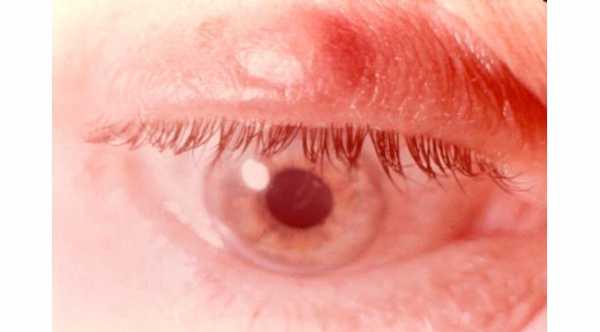
Chalazion
What could this lump be?
One of the most common eye conditions affecting the eyelids is chalazion (pl. chalazia). It is benign and usually painless mass or lump that develops in the eyelid, however, an acute infection can possibly occur with pain. Inflammation and obstruction of oil glands in the eyelids form these slow-developing lumps. These oil glands are called Meibomian Glands
Prognosis is generally good but recurrence is common and an untreated chalazion may predispose to a more serious condition.
These lumps are more common in adults than in children. They also tend to appear more frequently in the upper lids.
Is it necessary to consult a doctor?
Though a chalazion can clear up on its own without any treatment, it is best that a proper diagnosis be done by an Eye doctor to rule out any other medical condition. Treatment options can be discussed with your doctor.
Chalazion Treatment ?
Conservative to chalazion removal with Surgical procedure are advised depending on the condition. Observation without treatment is usually done on the first few weeks as long as there are no other problems presented.
Warm compresses – This can be done 3-4 times a day for 10-15 minutes. The warmth helps to soften the hardened oil that is blocking the glands. Drainage becomes easier then.
Massage – Massaging your eyelids for about 3-5 minutes a day promotes drainage. It is usually advised to do massage right after applying warm compresses.
Lid hygiene – A weak baby shampoo solution can be used to clean your lids (ex. 1:1 shampoo to water ratio). Eyelid hygiene solutions and wipes are also available in the market if preferred.
Topical steroids – Topical steroids may be prescribed to address the inflammation.
Topical antibiotic – Antibiotic in the form of drops and ointment may be prescribed in case of an infection.
Oral antibiotic – Systemic antibiotic may be indicated for recurrent chalazia.
Steroid injection – Corticosteroid injection into the chalazion is an option for those who do not wish to undergo surgery. If conservative management doesn’t seem to help, you might want to consider steroid lid injection.
Surgical incision – It will be a minor surgical procedure under local anesthesia. A small incision will be made on the inside of the affected lid. Contents will be drained and mild pressure will be applied to stop any bleeding. It takes few minutes to perform with no visible wound. You can go home after the procedure.
The DON’TS
Avoid touching your eyes with your bare hands. If at all inevitable, make sure to wash your hands immediately after.
Do not squeeze or force the chalazion to open. If the chalazion continues to enlarge or become bothersome, your doctor might suggest making a small incision on the lid to let it drain. DO NOT do this on your own.
It is recommended not to wear eye-make up and/or contact lenses until the problem is resolved. Replace eye make-up and paraphernalia that were used during the course of the disease.
Chalazion may not be totally prevented as some people may have higher risks in developing it but regular lid hygiene and warm compresses has been proven to lessen the chances of meibomian glands to clog.


